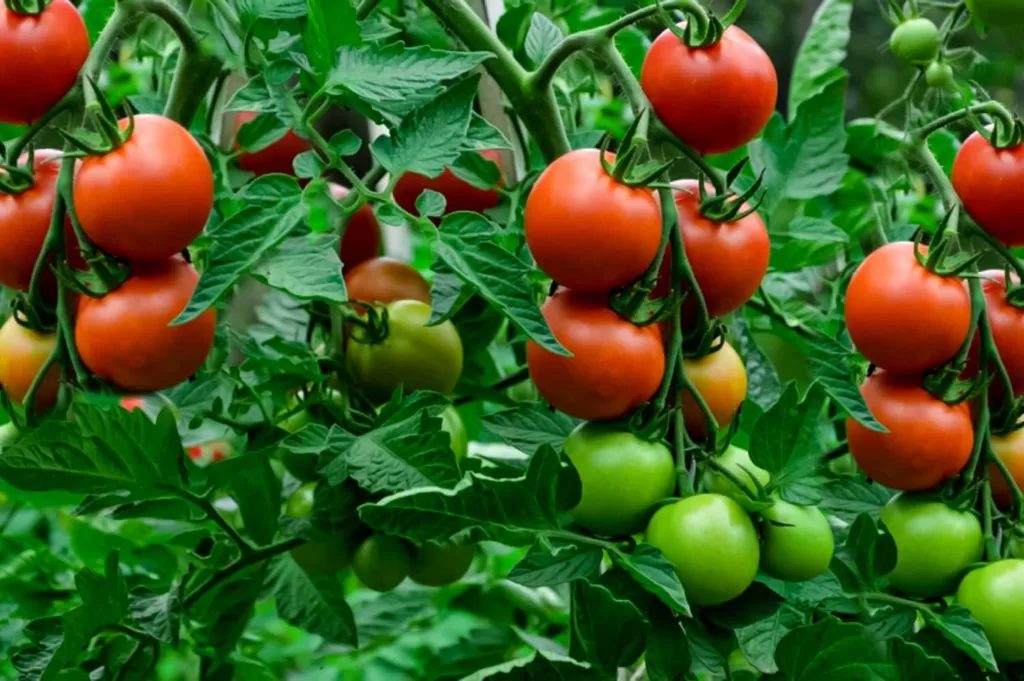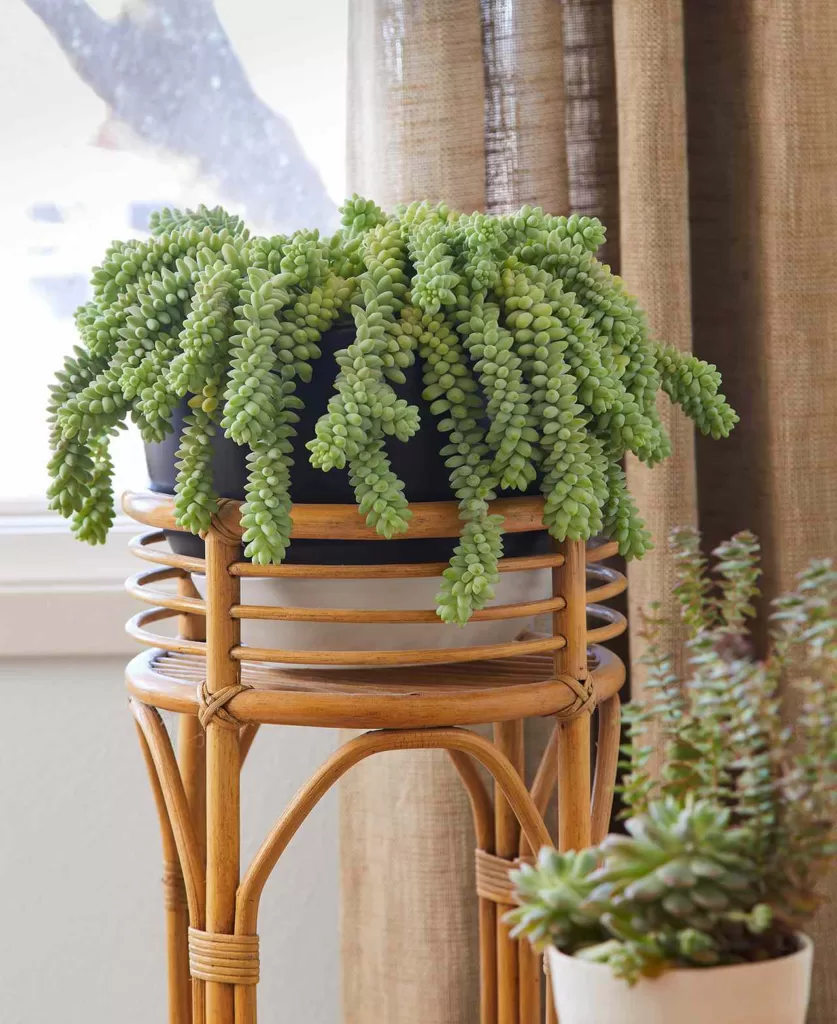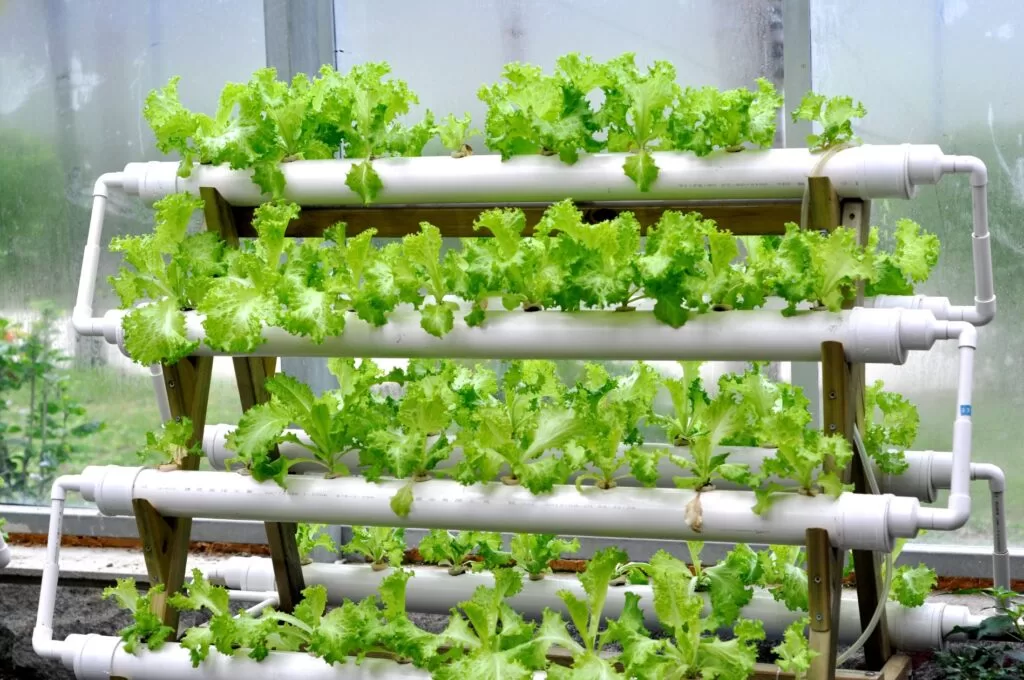Yes, you can plant tomato seeds directly in soil. However, it is generally recommended to start tomato seeds indoors in seed trays or pots before transplanting them outside when the weather is warm and all danger of frost has passed. This allows the seedlings to grow and develop before they are exposed to the elements, which can increase their chances of survival. Additionally, starting seeds indoors allows you to control the temperature and moisture levels, which can affect germination.
Table of Contents
Do tomato seeds need full sun?
Tomato plants prefer full sun, which means at least 6 hours of direct sunlight per day. However, they can tolerate some partial shade, especially during the hottest part of the day. If your area is particularly hot, it may be beneficial to provide some afternoon shade to prevent the leaves from burning.
It’s also important to keep in mind that tomato seedlings need to be hardened off (gradually exposing them to outdoor conditions) before transplanting them to their final location. This process can take a week or more, and during this time, it’s important to protect the seedlings from the harsh sun and wind.

How do you prepare tomato seeds before planting?
There are a few steps you can take to prepare tomato seeds before planting:
- Soak the seeds: Soak the seeds in warm water for about an hour to soften the seed coat and help with germination.
- Stratify the seeds: Tomatoes seeds benefit from a period of cold stratification, which simulates the natural winter conditions that the seeds would experience in the wild. To stratify the seeds, place them in a moistened paper towel or seed starting mix and put them in a plastic bag. Place the bag in the refrigerator for about 2-4 weeks.
- Clean the seeds: After stratification, remove the seeds from the paper towel or seed starting mix and clean them by rubbing them gently between your fingers. Discard any damaged or moldy seeds.
- Plant the seeds: Plant the seeds in seed trays or pots filled with seed-starting mix, and cover them with a thin layer of soil. Keep the soil moist but not waterlogged, and provide a warm environment with temperatures between 70-80°F (21-27°C) for germination.
It’s worth noting that some tomato varieties may not need stratification before planting, so it’s best to check the seed packet or consult the seed supplier for specific instructions.
How do you make tomato seeds grow faster?
There are a few things you can do to make tomato seeds germinate faster:
- Provide warmth: Tomato seeds germinate best at a temperature of around 70-80°F (21-27°C). You can provide warmth by using a seedling heat mat or placing the seed tray on top of a refrigerator or other warm surface.
- Keep the soil moist: The soil should be kept consistently moist but not waterlogged, as the seeds need moisture to germinate. A heating mat or propagator lid can help to keep the soil and air around the seedlings moist.
- Provide light: Tomato seeds need light to germinate, so place the seed tray in a well-lit location, or provide artificial light using fluorescent or LED grow lights.
- Proper seed starting mix: Using a seed starting mix that is well draining, light and not compacted will help the seed to germinate quickly and will allow the roots to grow properly.
- Properly stratify the seeds: As mentioned before, stratification simulates the natural winter conditions that the seeds would experience in the wild, and it can help to speed up germination.
It’s important to keep in mind that even with the best conditions, some tomato seed varieties can take up to two weeks to germinate. Be patient, and don’t discard the tray or pot if no seedlings appear in a day or two.
How often do you water tomato plants?
The frequency of watering tomato plants can vary depending on the weather conditions, the size of the plant, and the type of soil. In general, tomato plants prefer consistent moisture, and it’s best to avoid letting the soil dry out completely or become waterlogged.
In hot and dry weather, tomato plants may need watering every 1-2 days. In cooler weather, or if the plants are in containers, they may only need watering every 3-4 days. A good rule of thumb is to check the soil moisture by sticking your finger about an inch deep into the soil. If the soil feels dry, it’s time to water.
It’s also important to water the tomato plants at the base, rather than watering from above, to avoid wetting the leaves. Wet leaves can create an environment for diseases to grow. A deep watering infrequently is better than light watering frequently, as deep watering encourages the roots to grow deeper and become more drought-tolerant. Keep an eye on the weather forecast and adjust watering accordingly. If it is going to rain, you may not need to water your plants.

Should tomato plants be watered every day?
It is not generally recommended to water tomato plants every day, as this can lead to waterlogged soil and promote the growth of diseases such as root rot. Instead, it’s important to provide consistent moisture and to check the soil moisture regularly.
The frequency of watering tomato plants will depend on a variety of factors including the weather conditions, the size of the plant, and the type of soil. In hot and dry weather, tomato plants may need watering every 1-2 days, while in cooler weather, they may only need watering every 3-4 days.
A good rule of thumb is to check the soil moisture by sticking your finger about an inch deep into the soil. If the soil feels dry, it’s time to water. It’s also important to water the tomato plants at the base, rather than watering from above, to avoid wetting the leaves. Wet leaves can create an environment for diseases to grow.
As I mentioned before, a deep watering infrequently is better than light watering frequently, as deep watering encourages the roots to grow deeper and become more drought-tolerant. Keep an eye on the weather forecast and adjust watering accordingly. If it is going to rain, you may not need to water your plants.
Do tomato seeds need a lot of water?
Tomato seeds do not need a lot of water, but they do require consistent moisture to germinate. The soil should be kept moist, but not waterlogged, during the germination process.
When planting tomato seeds, it is best to use a seed-starting mix that is well-draining and to water the seeds gently with a fine mist or spray. This will help to keep the soil evenly moist without washing the seeds away or creating puddles of water. After the seeds have germinated, it is still important to keep the soil consistently moist. However, as the seedlings grow, they will require less water.
As the seedlings grow, it’s important to keep the soil moist, but not wet. Overwatering can lead to fungal growth, which can damage the seedling roots. It’s important to note that seedlings are delicate and can be easily damaged by too much or too little water. So, it’s best to be mindful of the soil moisture and adjust watering as needed.
How do you grow tomatoes step by step?
Here is a step-by-step guide on how to grow tomatoes:
- Choose a location: Tomatoes prefer full sun and well-drained soil. Choose a spot in your garden that gets at least 6 hours of direct sunlight per day.
- Start seedlings indoors: Start your tomato seeds indoors in seed trays or pots filled with seed-starting mix. Keep the soil moist and provide a warm environment with temperatures between 70-80°F (21-27°C).
- Harden off seedlings: Once the seedlings have grown to about 2-3 inches tall, and the last frost has passed, it’s time to harden them off. Gradually expose the seedlings to outdoor conditions, such as cooler temperatures and direct sunlight, over the course of a week.
- Transplant seedlings: When the weather is warm and all danger of frost has passed, transplant the seedlings into the garden or into containers. Space them about 24-36 inches apart.
- Provide support: Tomatoes need support as they grow, so be sure to provide a stake or cage for each plant to grow on.
- Water and fertilize: Keep the soil consistently moist, but not waterlogged. Water at the base of the plant, and avoid getting water on the leaves. Fertilize the plants regularly with a balanced fertilizer, following the instructions on the package.
- Prune and train the plant: Pinch off the side shoots (suckers) that grow between the stem and branches. This will help the plant to focus its energy on producing fruit. Tie the main stem to the stake or cage as the plant grows.
- Monitor for pests and diseases: Keep an eye out for common tomato pests and diseases, such as aphids, tomato hornworm, and blossom end rot, and take action as needed.
- Harvest and Enjoy: Tomatoes are typically ready to harvest about 70-80 days after transplanting, depending on the variety. The fruit should be fully ripe, plump, and fragrant before picking. Enjoy your homegrown tomatoes in salads, sandwiches, or as a healthy snack!







